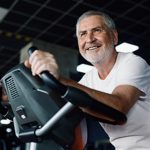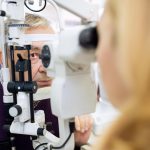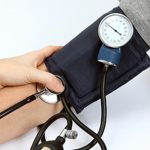
Too much screen time can lead to developmental delays in babies, researchers say. When 1-year-olds viewed screens for more than four hours a day, they had delays in communication and problem-solving skills when assessed at ages 2 and 4, according to a new study published Aug. 21 in JAMA Pediatrics. They also had delays in fine motor and social skills at age 2, though that gap was gone by age 4, researchers. It may not be the screens, but what they replace, a Yale expert said. Face-to-face interaction between a parent and child gives babies information about language and meaning through facial expressions, words, tone of voice and physical feedback, said David Lewkowicz, a developmental psychologist at the Yale Child Study Center in New Haven, Conn. “It doesn’t happen when you’re watching the screen,” Lewkowicz told the New York Times. For the study, Japanese researchers led by Ippei Takahashi of Tohoku University in Sendai, Japan, asked nearly 7,100 parents of young children to answer questions about development and screen time. More screen time meant greater likelihood of seeing delays. About 4% of the babies in the study had four or more hours of daily screen time, while 18% had two to four. Most had less than two hours. Mothers of babies with high levels of screen time were more likely to be younger, first-time moms,… read on > read on >


















